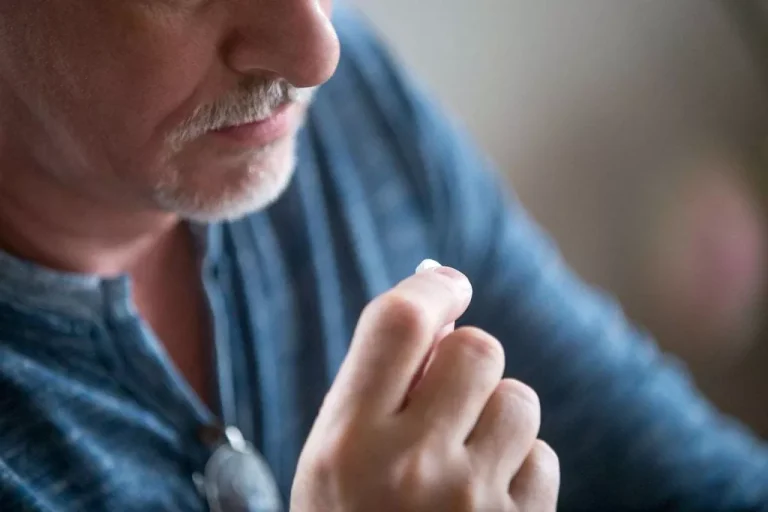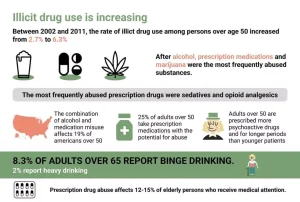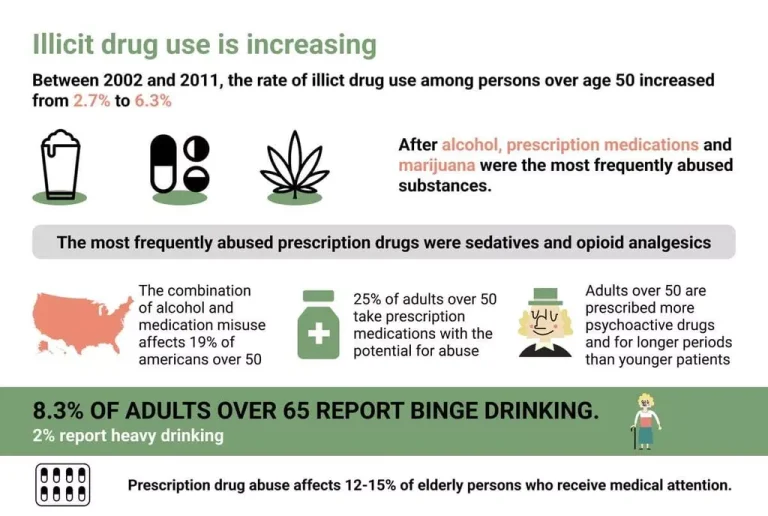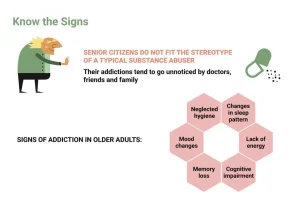
These activities often require focus, coordination, and problem-solving skills, providing a mental challenge that can help distract from alcohol cravings. In addition to the mood-boosting effects, exercise can also serve as a healthy distraction from thoughts about drinking. When you’re focused on a physical activity, whether it’s going for a run, playing a sport, or lifting weights, your mind is occupied with the task at hand, leaving less room for cravings to take hold. Long-term goals, such as “quit drinking entirely within six months,” can feel overwhelming and distant. To make your alcohol reduction journey more manageable, break down your long-term objectives into smaller, short-term milestones. But Dr. Streem knows that it can be hard to recognize signs of alcohol abuse in ourselves.
If you’re ready to drink less, here’s how to start
“Acetaldehyde is a chemical that can lead to DNA damage. It can lead to other changes to cells that push them in the direction of a tumor,” Rebbeck explains. One possible explanation for https://ecosoberhouse.com/ this is that people who consume light or moderate amounts of alcohol may have other habits that can explain their good health, such as a healthy diet and regular exercise. The evidence does not support the idea that we all need to be teetotalers.
Health Conditions

It’s important to remember that there is no right or wrong answer to how much you are currently drinking. You are here to make a difference in your life, which takes tremendous courage, and that alone says more about you than the amount you are drinking. If you’re a long-term, heavy drinker, you may need medically supervised detoxification.
Expert Tips For Reducing Your Alcohol Consumption
Acamprosate is prescribed to people after they’ve quit drinking alcohol to help them maintain abstinence. The drug helps ease alcohol withdrawal symptoms like insomnia, anxiety, and depression. Setting a limit on the number of drinks you can have per day may help curb your drinking. Just make sure to set your own schedule based on your own consumption habits and goals.
- She supports individuals who long for a better relationship with alcohol, helping them learn to drink less without living less.
- Jeanette Hu, AMFT, based in California, is a former daily drinker, psychotherapist, and Sober Curiosity Guide.
- Take out a piece of paper and write down all the reasons that make you consider putting a limit on alcohol.
- While deciding on your limit is important in cutting down, getting clear on your whys is crucial.
- The most difficult part of limiting drinking for many people, Koob says, is how much alcohol is tied to socializing.
Perhaps it’s setting a specific goal for the week, trying out a new alcohol-free activity, or reaching out to a supportive friend. Remember, every journey begins with a single step, and you have the power to shape your own path forward. Mindfulness is a powerful tool for managing alcohol cravings and reducing consumption. When you feel the urge to drink, take a moment to pause and observe your thoughts and feelings without judgment. Acknowledge the craving, but remind yourself of your goals and reasons for cutting back. When attending events where alcohol is present, alternate between alcoholic and non-alcoholic drinks to slow your consumption.
Health Benefits of Cinnamon, According To Experts

Exploring, in writing, what you find difficult and when you most want to drink can help you notice patterns that offer more insight into your alcohol use. Comparing the emotions that come up when you have a drink with the feelings you experience when abstaining also helps you recognize when drinking doesn’t fix the problems you’re trying to manage. What’s most important is to look at your drinking habits and find a way to cut back that works for you. But maybe you’re unsure about quitting completely and don’t want to hold yourself to that goal.
Recognize the signs of alcohol use disorder

While Dr. Didwania is comfortable with fewer than seven drinks a week, Dr. Anna Lembke says anything more than two drinks per week increases health risks. My book Take Control of Your Drinking (2nd ed, 2021) helps the reader decide whether to try to moderate drinking or instead strive for abstinence. The book lays out specific strategies for success, whichever path is decided on. SMART Recovery is another self-help programme that assists people in achieving abstinence from alcohol. Its main website includes information on the programme and local mutual-support meetings in the US and Canada, while the international website provides access to online meetings in other countries. There may be ‘special occasions’, such as weddings, celebrations or other events that last a long time, when drinking is a part of the how to control drinking occasion.
Be aware of your triggers

The physical reactions of binge drinking can then lead to other incidents like driving accidents, physical violence, and problems with friends, family, and colleagues. The incidence of bingeing behavior also presents an increased risk for alcohol dependence and misuse. Engaging in regular gym sessions not only helps improve physical health but also provides a social outlet. Many gyms offer group classes, allowing individuals to connect with others who share similar fitness goals. This sense of community and accountability can be a powerful motivator to stick with a workout routine and avoid falling back into old drinking habits. In addition to leaning on your personal support network, consider joining a support group for individuals who are working to cut back on or quit drinking.
- Alcohol cravings are common, especially when you first try to change your drinking habits.
- A review underway may lead to changes to U.S. guidelines this year.
- As with external triggers, you may or may not be aware that an internal trigger is what’s behind your urge to drink.
- Whether it’s for health reasons, personal growth, or simply a desire to change your relationship with alcohol, being open and honest about your motivations can help others understand and respect your choices.
Even if you’re drinking at a sensible level, you should not drive. Arrange for a ride home with a sober driver, or pre-book a cab or rideshare service. If that is too costly, plan your journey home via public transportation so you know when to leave while the Drug rehabilitation buses or trains are still running.